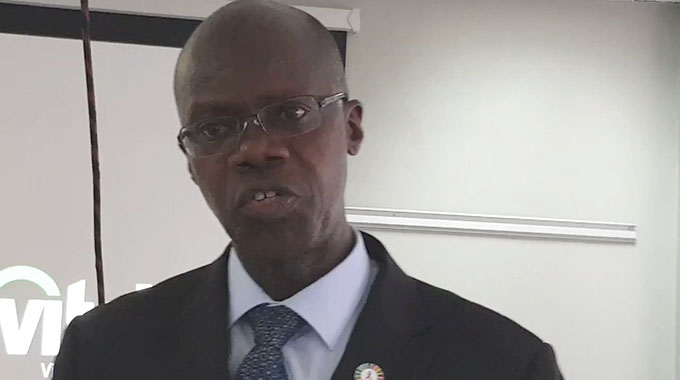UNAIDS hails Zim HIV progress

Paidamoyo Chipunza
Herald Reporter
Zimbabwe is one of the seven countries in East and Southern African region that have managed to achieve the global HIV and Aids fast track targets of reducing transmission, latest statistics from the UNAIDS annual report has shown.
Ninety percent of people living with HIV and Aids have been tested and now know their status.
From these, 94 percent are on treatment while 86 percent of those on treatment have their viral load suppressed to undetectable levels.
The fast track targets, popularly known as the 90-90-90 saw countries committing to ensure that at least 90 percent of people living with HIV and Aids know their status, that from those who know their status 90 percent should be on treatment, and of those on treatment 90 percent should have their viral load suppressed to undetectable levels.
The other six countries that have achieved these targets are Botswana, Eswatini, Namibia, Rwanda, Uganda and Zambia.
According to the report, Seizing the moment: tackling entrenched inequalities to tackle epidemics, Kenya, Malawi and Tanzania were now very close to meeting these targets.
Women continue to be worst affected by HIV and Aids in Zimbabwe with the latest statistics showing disparities of rate of infection between men and women.
Although infection among young adolescents and girls has gone down by 46 percent between 2016 and 2019, women remain worst affected, with 16,7 percent of those in the 15-49 age group infected against 10,8 percent of men of the same ages infected.
Overall, the country recorded 20 000 Aids-related deaths in 2019, down from 22 000 recorded in 2018.
New HIV infections, however went up to 40 000 compared to 38 000 the previous year.
Commenting on these latest statistics, UNAIDS Zimbabwe country director Dr Martin Odiit attributed continued reduction of infection among adolescents and young women to deliberate efforts encouraging girls to complete secondary education, which he said was now over 50 percent.
“Gains have been made in Zimbabwe in reducing new HIV infections among adolescent girls and young women as a result of a greater than 50 percent completion rate of lower secondary school among other factors,” said Dr Odiit.
Officially launching the report, UNAIDS executive director Dr Winnie Byanyima said the decrease in new HIV infections in eastern and southern Africa since 2010 were larger than in any other region, which is a stark contrast to eastern Europe and central Asia, which has seen a staggering 72 percent rise in new HIV infections since 2010. New HIV infections have also risen in the Middle East and North Africa, by 22 percent, and by 21 percent in Latin America.
“Every day in the next decade decisive action is needed to get the world back on track to end the AIDS epidemic by 2030.
“Millions of lives have been saved, particularly the lives of women in Africa. The progress made by many needs to be shared by all communities in all countries. Stigma and discrimination and widespread inequalities are major barriers to ending AIDS. Countries need to listen to the evidence and step up to their human rights responsibilities,” said Dr Byanyima.










Comments